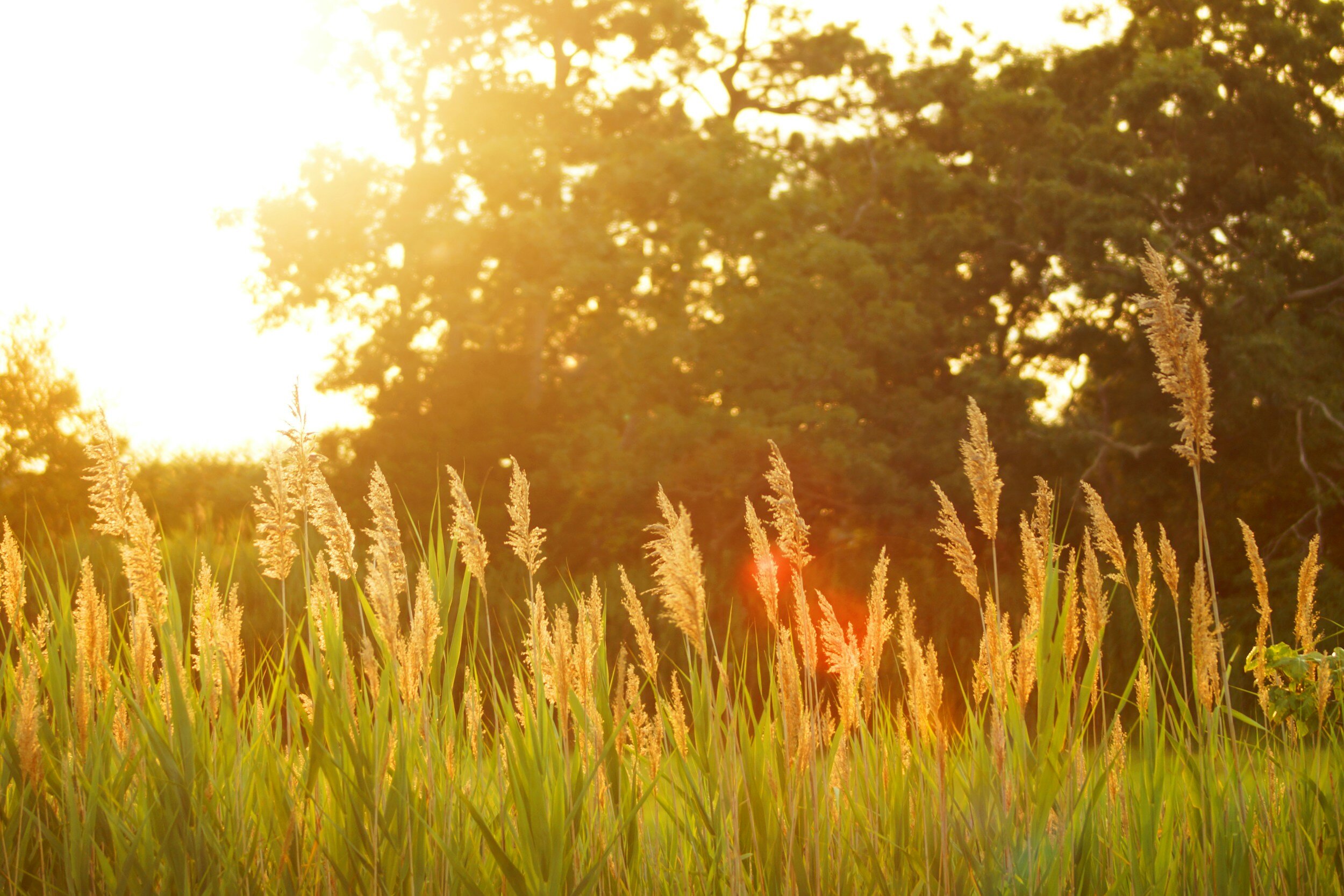Written By John Bryant
Looking ahead to the Summer of 2024 with 10 trends to watch.

What is our Summer going to be like? It is a question I have received more than I thought I would in February. It has inspired me to write about it. Forecasting four months in advance is an extreme challenge, but I love to embrace it. So far, the winter has played out remarkably close to what was predicted late last fall. There have been anomalies here and there, but that will always occur regardless of any year and pattern.
New data is out this morning. We are still a solid four months out from Summer, but it is not too early to break down the numbers and discuss overall trends to expect this summer.
The discussion from the Climate Prediction Center hints at whispers of La Niña developing. This is not particularly surprising as at least a weak La Niña often follows strong El Ninos. This could shape our June through August experience across the United States. Here are ten key patterns to watch during a La Niña summer. It is important to note that the confidence level of this La Niña pattern developing is lower than the confidence level of the El Nino Winter outlook forecast late last fall.
1. Enhanced Atlantic Hurricane Activity: La Niña catalyzes hurricane formation, reducing wind shear over the Atlantic, which can otherwise suppress hurricane development. Expect a busier than average hurricane season. Warm waters will not be a question. I am confident on weaker upper-level winds than the summer of 2023, which was still above average.
2. What goes up must come down. After the incredible double whammy of atmospheric rivers on the West Coast, things are likely to reverse this summer. The dry, arid conditions typically associated with the Southwest are likely to be more pronounced.
3. Cooler, Wetter in the Upper Plains and Great Lakes region: These areas can anticipate cooler temperatures and increased precipitation. This pattern could lead to a respite from the heat for regions that are usually sweltering during these months. My confidence level here is greater than 50% but lower than 60
4. Heatwaves in the South: Conversely, the southern tier of the United States should brace for hotter than average temperatures. These conditions can lead to heat waves, stressing energy grids and impacting public health.
5. Agricultural Impacts: The varied precipitation and temperature patterns across the country will have mixed impacts on agriculture, with some areas benefiting from the conditions. In contrast, others may face challenges in crop production. I know this one is a bit vaguer, highlighting a lower confidence on this aspect.
6. Increased Tornado Activity: The central and southern U.S. could see an uptick in severe weather events, including tornadoes, due to the dynamic weather systems influenced by La Niña. The question here is when and if the La Niña kicks in. It may not kick in until June if it kicks in at all. The chances are greater than 50%. If it kicks in in June, this could mean increased Tornado activity in the Plains.
7. Variability in the Midwest: The Midwest may experience a mix of conditions, with the potential for wetter and drier spells. As mentioned above, this unpredictability can impact agricultural planning and water resource management. My forecast is to expect more extreme flash flooding events. As far as where to pinpoint, I will be blunt. It is impossible to predict, and I would be doing a disservice to you if I tried to pinpoint one location.
8. Shifts in Pest and Disease Patterns: Weather conditions can also influence the distribution and activity of pests and diseases, affecting human health and agriculture. I expect to see more prolonged periods in the South. This trend has been occurring for years now.
9. Recreation and Tourism Impacts: The distinct weather patterns can influence outdoor activities and tourism, with cooler northern summers attracting visitors. If this situation plays out, I cannot wait to travel to the Great Lakes region! My confidence level on this is not as high as the higher than usual Hurricane activity.
10. Energy Demand Fluctuations: With the expected hotter conditions in the South, energy demands will be elevated, impacting energy production and consumption patterns.
As an expert meteorologist seasoned in climate forecasting, my analysis aims to provide a clear, authoritative perspective on the expected impacts of La Niña this summer. A couple of points I want to highlight again. The La Niña forecast confidence level is lower than our late fall confidence level in 2023 of a Winter El Nino occurring. This is important to realize. Understanding these patterns is crucial for preparedness, whether you are planning agricultural activities, managing water resources, or simply looking to enjoy the summer safely. I aim to inform you of the challenges and opportunities La Niña presents, ensuring our communities remain resilient in changing weather patterns.
These events will be interesting to watch, and I will update my outlook when the next dataset arrives. Here is a look at the official projections from the Climate Prediction Center.
